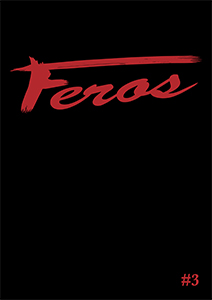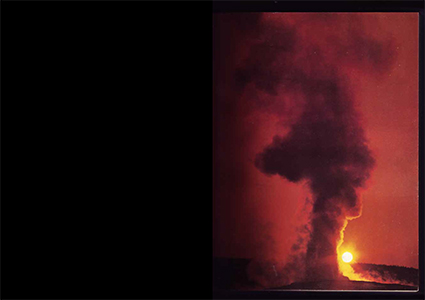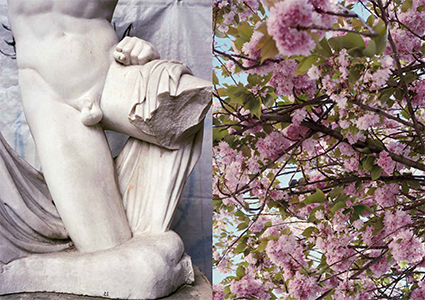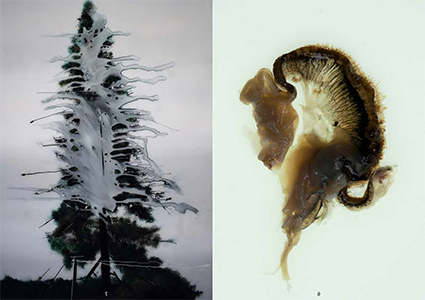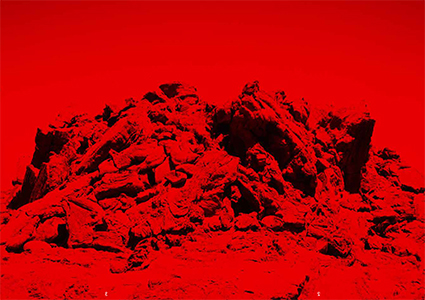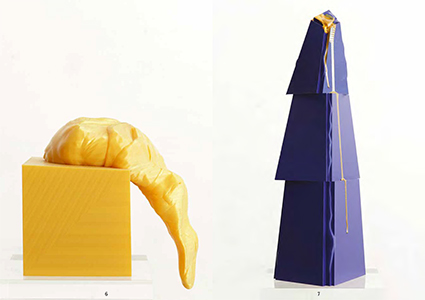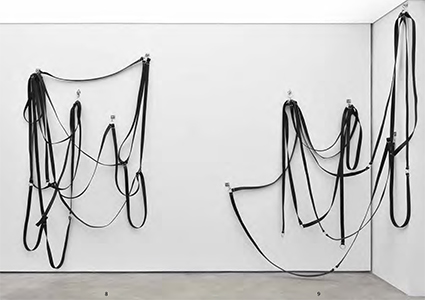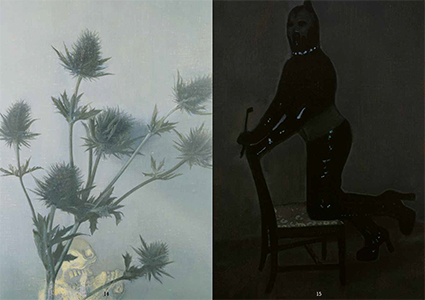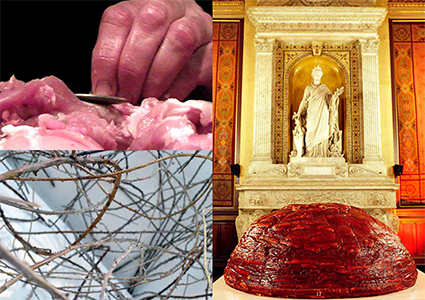The third issue of the erotic journal
Féros, featuring a central section of visual works and eight booklets of texts closed with a ribbon. With Florence Andoka, Hervé Baudat, Arno Calleja,
Étienne Chambaud & Alexandre Guirkinger, Phoebe Clarke,
Claire Dantzer, Kristina Djordjevic,
Mimosa Échard, Lucas Fritz, Élisabeth Gilbert Dragic, Tanja Hehn, Muriel Joya,
Élodie Lesourd, Elsa Lévy,
Victor Man, Quentin Mercier, Margaux Mira-Delefortrie, Damien Moulierac, Anthony Pearson, Élodie Petit,
Benoit Platéus, Axelle Remeaud, Muriel Rodolosse, Nicolas Silberfaden, Michel Soudée,
Georges Tony Stoll, Matthew Stone, Lucien Suel, Yves Trémorin, Zoe Williams, Phillip Zach.
Féros is an
erotic magazine. Sometimes sensual, sometimes sexual,
Féros calls to senses to awaken. Contemporary by definition, it explores with an obsessive eye aesthetic and contemporary fascinations for instinct in human nature. Its publication impose the need to reveal the principles at stake in a contemporary vision of Eros, which is constantly seeking for and redefining itself, without interference.
Féros only includes visual arts, symbolic projects. Polyphonic and composite,
Féros puts yearly its focus on a specific theme. In each issue, pieces of arts and literature intertwine, interact freely and in a harmonized dialogue. Wild and rare beauty:
Féros.
Published between 2015 and 2020,
Féros was a hybrid form, intertwining artist book, magazine and bibliophilic book. It tends to give clues on contemporary sexualities and erotic practices through an aesthetic prism and from a contemporary art point of view. It explores the boundaries and links between erotica and pornography, sexuality and sensuality, as much as the distinctions between desired and desiring entities. Leaving the door open on purpose,
Féros does not pretend to give a sociological answer or a single way to go on the subject, but rather draws a panoramic view, via a specific curating on the edition of each issue, of nowadays practices and representation types of Eros. The final object thus takes the form of an exhibition, build through pages that viewers may touch and turn, a physical space including its own restrictions and advantages, artistic as well as aesthetic. Both visual and tactile experiment, the artworks, printed on the peculiar skin that is paper, are driven together, can apprehend each other and can freely dialogue over the pages.


